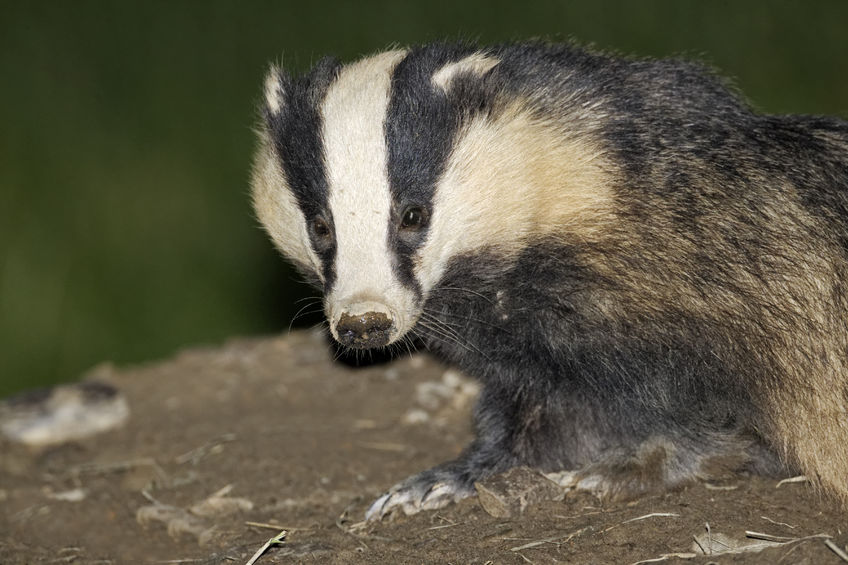
A new study published today has highlighted the effectiveness of badger culling on the incidence of bovine TB in cattle.
The peer-reviewed research, published today (11 October) in Nature Scientific Reports, investigated the effect of culling in England,
It looked at the first three licensed badger cull areas – Gloucestershire, Somerset and Dorset – using data from 2013 to 2017.
Gloucestershire and Somerset saw reductions in bTB incidence rates in cull areas relative to comparison areas of 66 percent and 37 percent respectively after four years.
In Dorset, there was no change in incidence rates in cull areas relative to comparison areas after two years, but incidence dropped by 55 percent in the same period in the 2km buffer zone around the edge of the cull area.
The NFU said the study highlights the 'phenomenal impact' culling badgers has on reducing TB levels in cattle.
“There should now be no doubt in anyone’s mind that this policy works,” NFU Vice President Stuart Roberts said.
“Controlling the disease in wildlife is a crucial element to tackling this devastating disease, alongside a range of measures such as enhanced biosecurity and strengthening cattle movement controls.
“On such a strong scientific basis, it is absolutely vital that the government’s strategy is continued in order to see reductions in all areas where TB is endemic.”
When the government’s 25-year eradication strategy began, opponents to it cited estimates that wildlife control would only deliver reductions of 16% in TB outbreaks in cattle.
The new study, however, is evidence that that is not the case.
Mr Roberts added: “Not only is there no evidence of increased incidence rates of TB in buffer areas, including no perturbation, the research reinforces the Chief Vet’s view that proactive wildlife control forms a central part of a strategy to tackle the disease.”
The British Veterinary Association (BVA) echoed the NFU's sentiment, saying the new findings are 'encouraging'.
However, it said the study 'comes with a caveat' because the data only relates to the first three cull areas.
“The variability within these alone makes it too early to draw firm conclusions that culling will reduce incidence significantly in all 40 areas where it is now taking place,” James Russell, BVA Junior Vice President said.
“BVA’s expert working group is currently considering all aspects of disease control looking at cattle testing, removal of reactors, compensation and control in other farmed animals as well as the culling and vaccination of badgers.
“The group will consider this additional evidence as we develop our new policy on bTB.”
Last year, nearly 33,000 cattle were slaughtered in England because of the disease, and more than 3,600 farms that had previously been clear were affected by it.
